
Interesting Facts About a Mudpuppy Salamander. The mudpuppy, also known as the waterdog, is a fully aquatic variety of salamander. It is one of the largest salamander species and also one of the few that makes vocalized noises. The squeaks made by this salamander are sometimes described as bark-like; hence, the common name mudpuppy for a slimy-skinned animal that is sometimes mistakenly assumed to be poisonous.
The mudpuppy grows to between 8 and 13 inches in length, on average, but has been recorded at lengths of almost 20 inches. It has a thick body with a broad, flat head and a wide tail. The mudpuppy salamander is gray to brownish-gray in color with bluish spots covering its body. Its legs are short, with four toes on each foot. Because it is fully aquatic it has no lungs like some salamander species, but instead has bushy gills at the back of its head on either side.
The mudpuppy is one of the few salamanders that lives its entire life in water. From larval stage until adulthood it never comes onto land but still grows legs. It lives on the bottom of rivers, streams and lakes and has been found up to 100 feet deep. During the day it hides under rocks or vegetation, only coming out after dark. The habitat of mudpuppy salamanders ranges from south central Canada down through America's Midwest and into Georgia, Mississippi and the Carolinas.
Mudpuppies are nocturnal hunters, feeding on anything small enough to fit in their mouths. They eat crayfish, worms and snails as well as smaller salamander species and other aquatic creatures' eggs. They also have poor eyesight, finding prey mainly through smell. Being non-poisonous, they are threatened by a wide variety of aquatic or semi-aquatic predators. Large fish, water snakes and wading birds are all common predators. Mudpuppies' only defense is hiding during the daytime.
Mudpuppy breeding occurs between fall and winter, depending on the region. Males and females come together to court in sheltered shallow water under rocks and logs. The males release a sperm packet that is picked up by the female and internally fertilizes the eggs. In the spring, the females dig out an underwater burrow in which they lay 18 to 180 eggs. The mudpuppy is the only salamander species that stays with and protects its eggs once they are laid. The eggs hatch after 2 months and the young go it alone. The lifespan of the species in the wild is around 11 years.
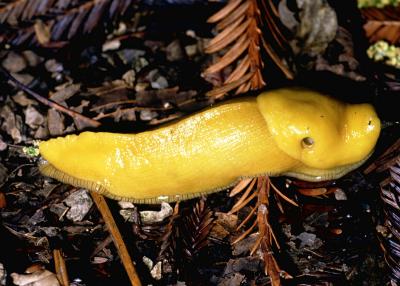 How Long Do Slugs Live Under Human Care?
How Long Do Slugs Live Under Human Care?
How Long Do Slugs Live Under Human Care?
How Long Do Slugs Live Under Human Care?
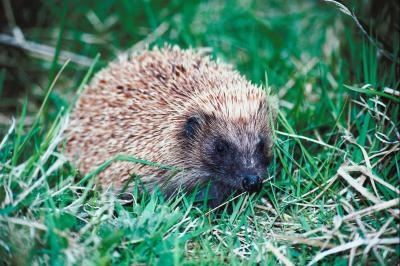 Facts About Having a Hedgehog for a Pet
Facts About Having a Hedgehog for a Pet
Facts About Having a Hedgehog for a Pet
Facts About Having a Hedgehog for a Pet
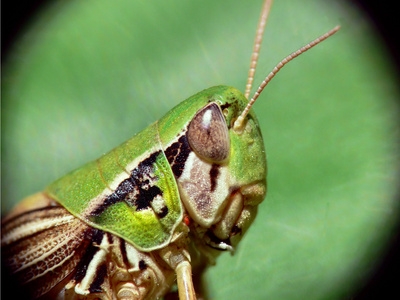 Can Grasshoppers Survive Indoors?
Can Grasshoppers Survive Indoors?
Can
Can Grasshoppers Survive Indoors?
Can Grasshoppers Survive Indoors?
Can
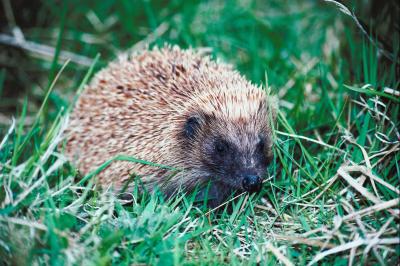 How to Make a Hedgehog Box
How to Make a Hedgehog Box
How to Make
How to Make a Hedgehog Box
How to Make a Hedgehog Box
How to Make
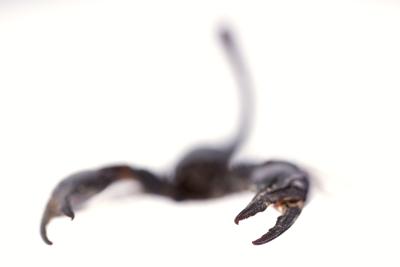 Breeds of Scorpions in Texas
Breeds of Scorpions in Texas
Breeds of
Breeds of Scorpions in Texas
Breeds of Scorpions in Texas
Breeds of
Copyright © 2005-2016 Pet Information All Rights Reserved
Contact us: www162date@outlook.com